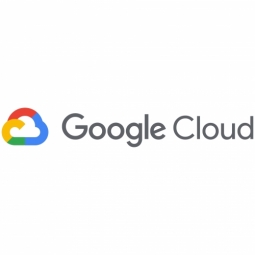Google Cloud Platform
Case Studies
How Hipcamp Uses Event Data to Drive Growth
Overview
 |
How Hipcamp Uses Event Data to Drive GrowthGoogle Cloud Platform |
Analytics & Modeling - Data-as-a-Service Analytics & Modeling - Real Time Analytics | |
Consumer Goods | |
Business Operation Sales & Marketing | |
Demand Planning & Forecasting Real-Time Location System (RTLS) | |
Data Science Services | |
Operational Impact
| Operations: The head of operations immediately put together a dashboard for visualizing KPIs, with only minimal help from an engineer. Now everyone can work dynamically with the visualized data in meetings, quickly changing dimensions or drilling down for more detail, with no need for disconnected reports from special-purpose tools and no compromise on the rules that fit Hipcamp’s business. | |
| Marketing: For the first time, the marketing team has been able to view and manage an accurate conversion funnel. Engineers set up a Universal ID system that identifies unique visitors across devices, from clicking an ad to browsing to booking a campsite. When marketers want an even deeper understanding of the data, they can view the SQL with a click and understand exactly where the data is coming from. | |
| Finance: Financial operations have been transformed with real-time data discovery. The engineers used Looker to create reusable reports and dashboards that establish monthly goals and performance scores, along with the ability to snapshot revenue on the fly. The company is basing more and more decisions on growth, customer acquisition, and customer value now that in-depth analysis is just a click away. | |


